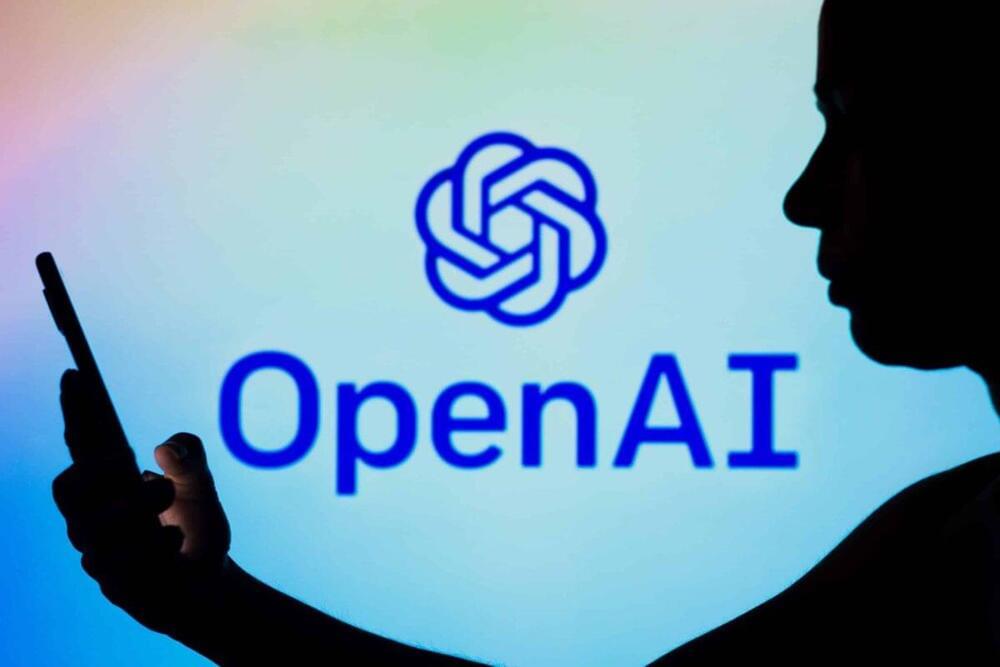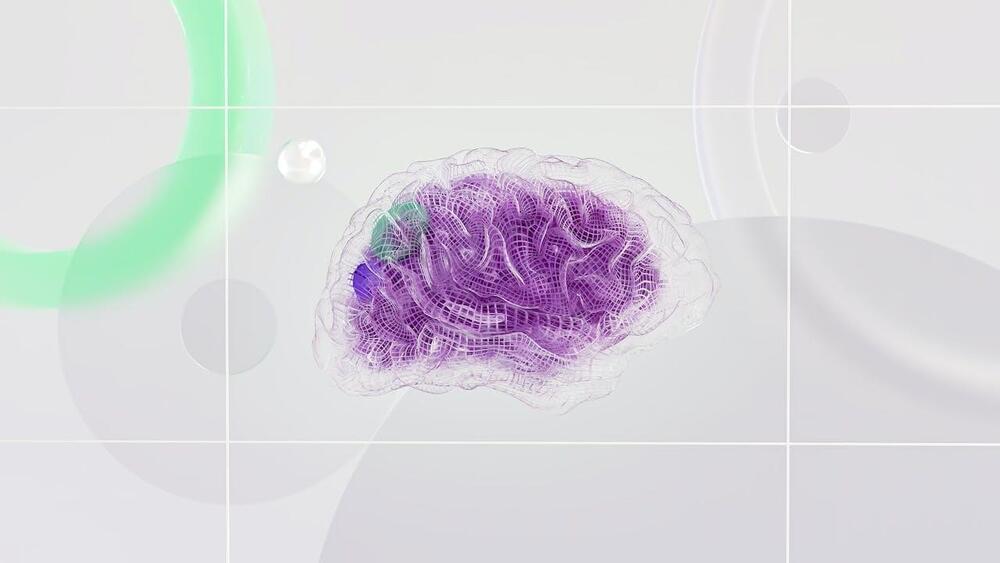In a letter to the company’s board of directors, OpenAI researchers are said to have warned of an AI discovery that could pose a threat to humanity.
This was reported by Reuters, citing two sources familiar with the matter. The letter is also linked to Altman’s firing, but is not the only reason, according to Reuters.
According to a source from The Verge, the board never received such a letter, which is why it played no role in Altman’s firing. Reuters says it has not seen the letter. The Information reports not on the letter itself, but on the “Q*” breakthrough described in it.








